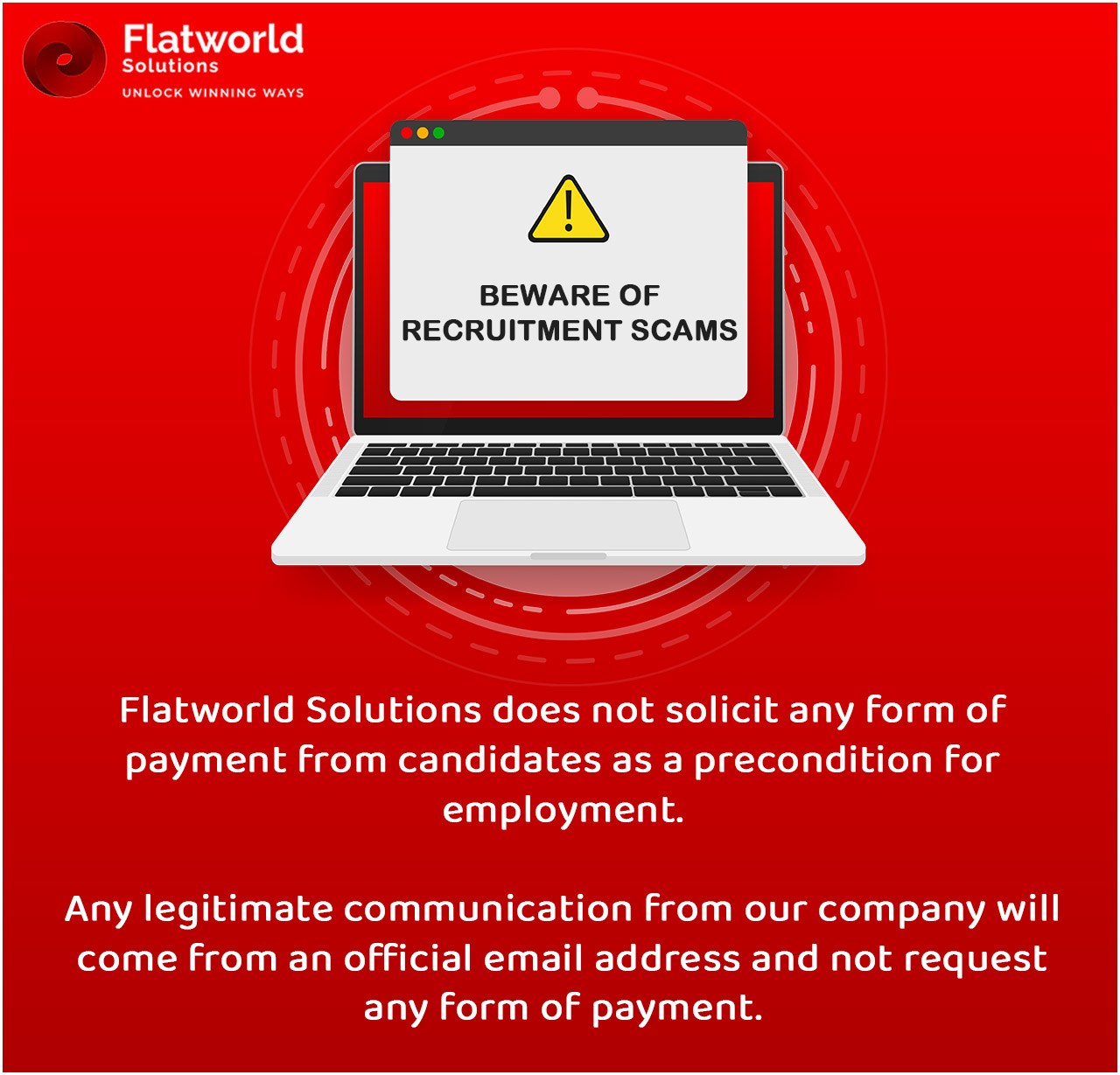Even in 2020, there is no industry, vertical, or function which handles as many customer touchpoints across the spectrum as customer care does. The contact center landscape is changing rapidly with gradual shifts in technology, and as a result, companies are having to change their customer service strategies to ensure the best quality customer experience transformation.
For decades, the telephone was at the center of the customer service center and overall experience. But it's not the case anymore. Call volumes are steadily declining by almost 10% each year. The emergence of email, and then the web provided more options for customers to get in touch with CX representatives. This change has now accelerated dramatically with many options such as Facebook Chat, WhatsApp, SMS-based chat, etc. becoming available to users. Now we have access to technologies such as chatbots and AI-based messaging systems which are making people less dependent on phones and leading to sweeping call center automation
Do Customers Still Want To Talk To A Human-Agent?
If you just see the stats, the answer most likely will be “No”. It is safe to say that the role of the phone in the customer experience is steadily declining. According to Deloitte's 2017 global contact survey, 31% of the organizations aim to use video chat shortly to take customer calls at their call centers. 56% of companies aim to invest in an AI customer experience while 33% plan to invest in robotics and process automation.
As customer experience transformation continues to grow along with volume, companies are trying to transition towards a mix of support channels, while still hiring and equipping contact center teams for a complex human to human interactions. All in all, these trends demonstrate the falling role of the phone in the customer experience in the industry, hinting at the fact that it soon might become a thing of the past.
4 Ways of Transforming Contact Center Experience sans the Phone Calling
In recent times, the existence of phone calls has become the technological equivalent of an unexpected visitor who comes knocking at your door. You know the visitor exists, but you never expected them to come over. This is what phones and landlines mean to a large majority of us today who are constantly using sleeker, more modern means of staying connected. These means have now also found their way into the modern call center, and serve as an effective phone call deflection strategy for most corporations. Some of them include -
-
Phones have Poorer Connectivity

Phone calls, more than any other means of contact, require streamlined connectivity to function. And connectivity, as we all know, can fail. It could be due to a bad network, or a hitch in the connection. Phone calls are also more intrusive, and every call drop or connection failure means the customer will once again have to go through the process of providing necessary details and then pursuing a call with an executive from the beginning.
When poor connectivity leads to a dropped phone call, it leads to stress, which is something that companies want to avoid. On the other hand, chat support ensures history remains, and even if there is a network dropout, the customer can reconnect back without any perceived damage.
-
Phones are Less Convenient

One of the primary reasons why companies want to reduce customer service calls and increase CX is that customers have to deal with tedious and long calls through automated telephonic systems. 45% of your customers never feel like reaching out because of excessive wait times, and a further 53% get stressed if they can't get through to a CX executive immediately. While phones humanize the customer experience, they cannot offer the immediacy of chat or other modern means, where the convenience factor is off the charts, literally!
Returning customers also face issues since they are forced to repeat issues, whereas through other means CX executives can just simply access their chat history.
-
Phones are Less Efficient

Historically, phones have always been less efficient compared to other means of getting through to a customer care executive. Imagine how grating it is to listen to generic call hold music until you are connected through, to be finally greeted by a CX executive who wants to quickly move on to the next call. After all, it is part of their KRA too.
Now compare the same to a live chat service, where each CX can multitask between multiple customers, making them more efficient. This pursuit of efficiency is especially true for millennials, who have grown up alongside IM apps such as WhatsApp, Facebook messenger, etc. they are by nature pragmatic, and if they find a more practical and efficient way to obtain information, they will choose that over any other means.
-
Phones are Slower for Disbursing Information

A key reason why phones are slowing down in customer care usage is that they are much slower compared to other means when it comes to disbursing information. There is a reason behind why chatbots, AI-based methods, and even real-time chat services are faster and easier to provide information through.
Using these alternative means, customers can share images of their appliances, electronics, etc. with which they are facing trouble. CX executives can also easily share PDF files or documentation which the customer can follow step by step to solve issues. This leads to faster repatriation and drives customer satisfaction and efficiency.
Playing the Devil's Advocate: How are Phones Relevant for Call Centers?
The use of AI and ML-based technologies are steadily on the rise as far as contact centers are concerned. But this does not mean that phones are still not relevant, in many ways, the human touch still is exceptionally powerful and a critical part of your customer's journey. Their experience over a call plays a great deal of importance in ensuring whether they become repeat customers or not and whether they act as your brand evangelists down the line.
Let us look at the role of the phone in the customer experience, and see how it still stays relevant today -
-
The Human Element Still Matters
A recent survey done by Microsoft found 33% of the people feel that one of the most frustrating aspects of bad customer experience is not being able to get through to a real person at all. This means there is still a lot of demand for real customer care executives. The ideal call center is one that has an interdependence between multiple technologies that ensures a channel-less, painless experience for customers.
Voice calls still matter when it comes to having a conversation with a customer, understanding their needs, and turning them into small success projects in their rights. The contact centers of the future, therefore, cannot deny the advantages of phones altogether.
-
Seamless Connections between Businesses and Customers
Most businesses are realizing that if customers first contact them through other means such as chatbots, or other conversational agents, there is a higher chance of losing that customer instead of keeping them in the funnel.
An important thing to understand is that AI-based chatbots are ok when it comes to providing support, but not answer real questions. Talking to a human being who is well aware of customer idiosyncrasies and has a better chance of understanding customer queries remains unmatched. This is especially important if the customer is in an emotional state, something which can only be understood over a voice call.
Lastly, you have to lay heavy emphasis on the connection which is made between your agent and the customer. If the agent is unable to connect with the customer over the call, then there are more chances of losing that customer's business. More often than not, a disgruntled and unsatisfied customer will take his business elsewhere. This means you lose out on a potential brand advocate for your product or service.
-
Encourage Self Service While Still Remaining Relevant
The future of business-customer interactions is one of self-service. As millennials are more approachable when given options to sort their queries out, businesses are looking at more self-serve options to suit their requirements. But at the same time, it is important to note that most issues that customers are using self-serve for are traditional simple interactions that can be handled by a chatbot or something similar. The communications that take place via phone calls, on the other hand, are complex and urgent and require more finesse. As of now, technology can't replicate it.
As self-service options increase down the line, there will be a steady decrease in the number of transactions that require a telephonic conversation. But, even then, there's always going to be times chatbots meant for self-service fall short. These customers will then want to move to a more stable conversation method, which would be to talk with a real human being. These small moments are usually "make-or-break" moments for brands, especially today where offerings are usually only distinguished by the service provided.
Call Center Staffing Calculator
Calculate staffing & costing for your project
Call Center FTE Calculator from Flatworld Solutions is One-of-its-kind, FREE online tool that helps you calculate the number of agents and cost requirement for your call center operations, with least possible inputs. This calculator is easy-to-use and is made to provide you the best user experience while getting an accurate answer to your call center expansion requirements. In case you need some assistance with our Call Center Staffing and Cost Calculator, please refer to our 
Outsource Call Center Services to Flatworld Solutions
Your customer care is a special place that has ownership of a broad range of customer touchpoints, unlike any other vertical within your company. This makes it vital for understanding, mapping, and recreating successful customer journeys.
At FWS, our range of call center services allows you to overcome organizational barriers and leverage a host of telephonic and AI-based services for better customer experience. With our top-line strategy, global companies have been able to achieve customer experience transformation and push their brands further than their competitors.
Get in touch with us today to learn more about our offerings.
Contact UsAvail best-in-class services at affordable rates
Our Customers





Key Differentiators
Case Studies
-
Enhancing Customer Experience- The Power of Efficient e-Commerce Product Catalog Management
-
Flatworld Delivered Comprehensive Call Center Services to the Top Motorcycle Insurance Provider in the UK
-
Flatworld Solutions Delivered Cold Calling and Appointment Setting Services to a Serial US-based Entrepreneur
-
Flatworld Delivered CCTV Surveillance Services to an Aluminum Recycling Company in the US
-
Flatworld Delivered Virtual Assistant Services to an Autism Therapy Provider

USA
Flatworld Solutions
116 Village Blvd, Suite 200, Princeton, NJ 08540
PHILIPPINES
Aeon Towers, J.P. Laurel Avenue, Bajada, Davao 8000
KSS Building, Buhangin Road Cor Olive Street, Davao City 8000




